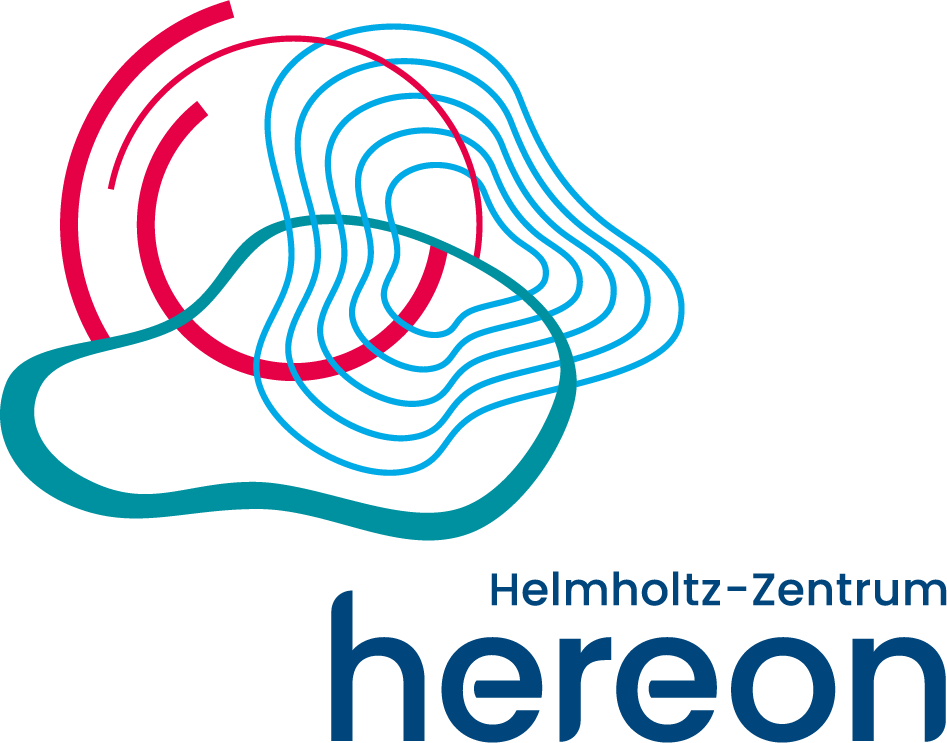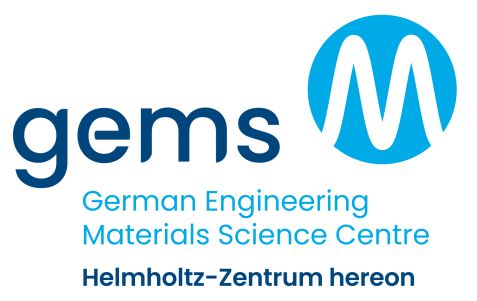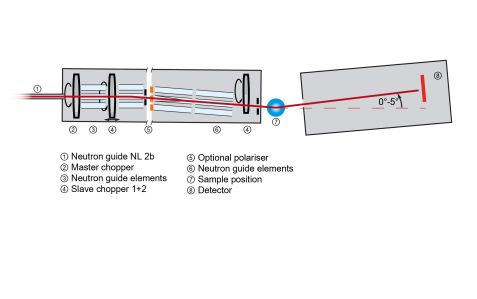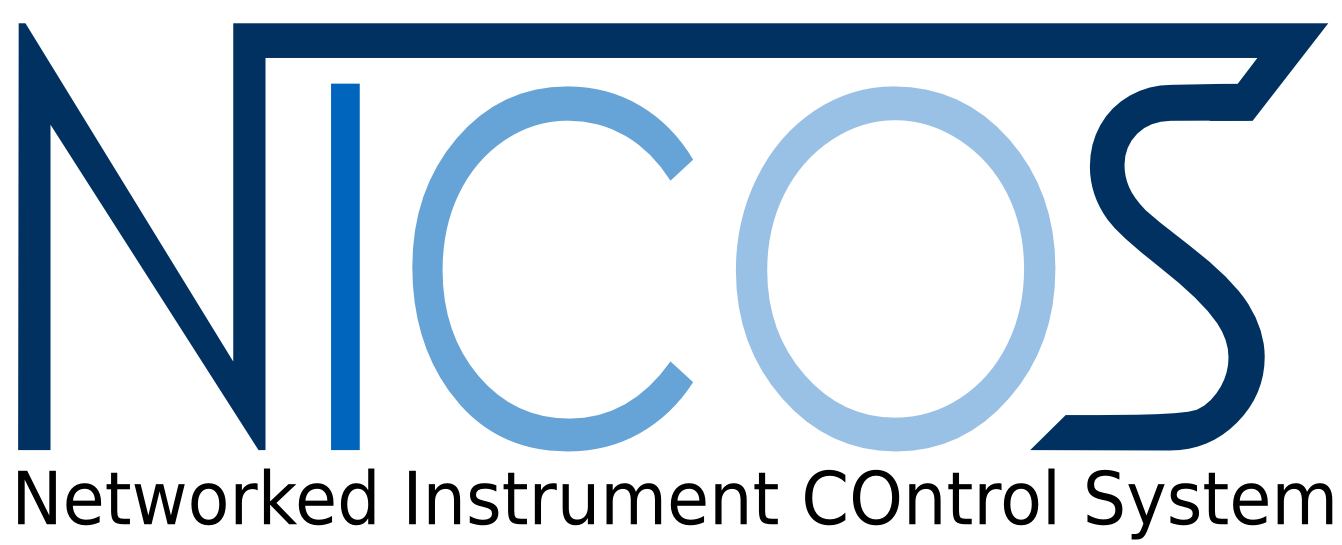MLZ is a cooperation between:
 > Technische Universität München
> Technische Universität München > Helmholtz-Zentrum Hereon
> Helmholtz-Zentrum Hereon
 > Forschungszentrum Jülich
> Forschungszentrum Jülich
MLZ is a member of:
 > LENS
> LENS > ERF-AISBL
> ERF-AISBL
MLZ on social media:

MLZ (eng)
Lichtenbergstr.1
85748 Garching
REFSANS
Horizontal time-of-flight reflectometer

This instrument is focussed on cold neutrons. Therefore, please carefully check the “Technical data WITHOUT cold source” section. Deviating parameters are in bold. The instrument team is happy to answer any further questions!
The horizontal reflectometer REFSANS has been designed to carry out specular and off-specular neutron reflectometry (NR) as well as grazing incidence small angle neutron scattering (GISANS) studies of both solid samples and liquid-air interfaces.
Using a polychromatic incident neutron beam and time-of-flight (ToF) analysis, REFSANS gives direct access to a large Q range. Typical reflectometry data are recorded using two incident angles to cover the
On the one hand, the instrument’s versatility relies on the fact that the wavelength resolution can be tuned between 1 and 10 % and, on the other hand, on the possibility of independently controlling the horizontal and vertical divergence by selecting the type of guides in the collimation section. Thanks to these characteristics, the optimal collimation and resolution can be easily and rapidly selected to perform measurements of NR or GISANS. It is possible to easily switch between these two configurations for a given sample and thereby fully investigate its structure without having to alter externally applied fields or constraints (temperature, chemical environment).
For reflectometry, a horizontally smeared out beam of up to 80 mm width is used to maximise the intensity. For GISANS, up to 6-point beams are impinging on the sample and point focussed on the 2D position-sensitive detector at a distance of about 10 m. This set-up allows to resolve lateral structures with dimensions up to several micrometres. In all other cases, the detector can be placed at any distance between 1.5 and 12 m from the sample, making it easy to control the explored angular range and optimise the resolution/ background intensity trade-off.
The instrument can be used to characterise thin films in general. Specular reflectometry provides information about the structure along the sample’s normal; off-specular reflectometry, using the full detector coverage, is sensitive to large-scale in-plane correlations in the beam direction.
Due to operations WITHOUT cold neutrons, experiments are focussed on:- Characterisation of polymer thin film structure in different ambient conditions (in a humidity chamber)
- Investigations of biological systems such as supported membranes (e.g. determination of the morphology and localisation of proteins at interfaces)
- Investigations of electrochemical phenomena at solid electrode interfaces (e.g. electrodeposition, corrosion, formation of SEI, etc.)
- Metallic thin films and multilayers
- Detection and identification of polymer lamellae in immiscible blends or semicrystalline systems
GISANS complements these measurements and has been successfully applied to polymer thin films (e.g. lateral correlations in dewetted systems), composites, nanopatterned metallic surfaces for which Bragg truncation rods have been reconstructed.
- Huber high-precision goniometer for rotation, translation, and height
- Trioptics Autocollimator system for a fast, easy and reliable sample alignment
- Vibration-controlled NIMA 602XL Langmuir trough for liquid-air interfaces studies
- Gamry Reference 600+ Potentiostat/Galvanostat/ ZRA device for electrochemical investigations
- Magnetic fields: up to 7 T
- Cryostat
- Julabo Presto A40 Thermostat for temperature control in the range -20 ≤ T/°C ≤ 80
- Furnace for solid-air interface investigations
- Automatable solvent exchange for contrast variation studies
- Size solid-liquid interfaces: 50 × 80 mm2
- Size solid-gas interfaces: 70 × 70 mm2
- Sample changer for hosting up to five samples
- Typical wavelengths: 2.5 ≤ λ/Å ≤ 7
- Wavelength resolution: 3 % ≤ Δλ/λ ≤ 10 %
- Angular resolution defined by two vertical adjustable slits (0 – 12 mm) separated by 2.5 or 9 m
- Maximum beam size at sample position: 12 × 80 mm2 (h x w)
- Tiltable optic elements settable to neutron guide, vertical collimated, and full collimated modes. For NR, the horizontal divergence is maximised by means of supermirrors (m = 2 – 3)
- 9.0 × 10-3 ≤ Qz/Å-1 ≤ 0.12
- High-resolution, position-sensitive, multiwire 3He Detector
- Size: 500 × 680 mm2
- Pixel size: 2.1 mm (V) × 2.9 mm (H)
- Sample – detector distance: from 1.5 to 12 m
- Single event list mode acquisition, allowing optimisation of the resolution/ intensity trade-off AFTER the experiment and also useful for A POSTERIORI kinetic analysis with arbitrary time resolution
- Size solid-liquid interfaces: 50 × 80 mm2
- Size solid-gas interfaces: 70 × 70 mm2
- Different dimensions are, of course, possible
- Sample changer for hosting up to five samples
- Typical wavelengths: 2.5 ≤ λ/Å ≤ 21
- Wavelength resolution: 1 % ≤ Δλ/λ ≤ 10 %
- Polarising double V-cavity with transmission > 97% for 2.5 ≤ λ/Å ≤ 9
- Radio-frequency spin-flipper: efficiency > 96%
- Angular resolution defined by two vertical adjustable slits (0 – 12 mm) separated by 2.5 or 9 m
- Maximum beam size at sample position: 12 mm x 80 mm (h x w)
- Tiltable optic elements settable to neutron guide, vertical collimated, and full collimated modes. For NR, the horizontal divergence is maximised by means of supermirrors (m = 2 – 3)
- Typical incident angles for tilted beam: 0.70° and 2.75°
- 5.0 ×10-3 ≤ Qz/Å-1 ≤ 0.25
- 9.5 × 10-5 ≤ Qy/Å-1 ≤ 0.18, corresponding to correlation distances from 3.5 nm to 6μm
- High-resolution, position-sensitive, multiwire 3He Detector
- Size: 500 × 680 mm2
- Pixel size: 2.1 mm (V) × 2.9 mm (H)
- Sample – detector distance: from 1.5 to 12 m
- Single event list mode acquisition, allowing optimisation of the resolution/ intensity trade-off AFTER the experiment and also useful for A POSTERIORI kinetic analysis with arbitrary time resolution
Instrument scientists
Dr. Jean-François Moulin
Phone: +49 (0)89 158860-762
E-mail: jean-francois.moulin@hereon.de
Dr. Gaetano Mangiapia
Phone: +49 (0)89 158860-839
E-mail: gaetano.mangiapia@hereon.de
Martin Haese
Phone: +49 (0)89 158860-763
E-mail: martin.haese@hereon.de
REFSANS
Phone (instrument hutch): +49 (0)89 289-54853
Phone (sample area): +49 (0)89 289-54854
Operated by

Funding

Publications
Find the latest publications regarding REFSANS in our publication database iMPULSE:
Citation templates for users
In all publications based on experiments on this instrument, you must provide some acknowledgements. To make your work easier, we have prepared all the necessary templates for you on this page.
Instrument control
Gallery









MLZ is a cooperation between:
 > Technische Universität München
> Technische Universität München > Helmholtz-Zentrum Hereon
> Helmholtz-Zentrum Hereon
 > Forschungszentrum Jülich
> Forschungszentrum Jülich
MLZ is a member of:
 > LENS
> LENS > ERF-AISBL
> ERF-AISBL
MLZ on social media:





